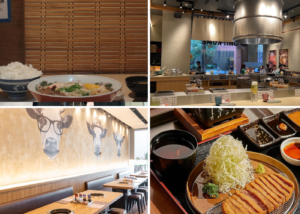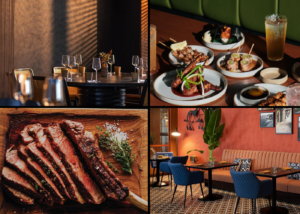Operational expenses, labor costs, & customer satisfaction — how can F&B businesses find a balance in between?
While food may be a comfort amidst news of inflation, F&B businesses are currently grappling with the challenge of rising wages.
Rising wages have emerged as a pressing concern in the F&B industry worldwide. Factors such as changes in labor laws, increasing living costs, and shifts in societal expectations have contributed to this phenomenon:
- In recent years, Australia has witnessed a gradual increase in minimum wages, intensifying the labor cost burden for F&B businesses in the country. Some businesses absorb the increased costs, while others pass them onto consumers.
- In the Philippines, there is more of a focus on increasing wages due to inflation. Given the steady increase of food cost in the country, F&B businesses — of all sizes — were left no choice but to increase pricing for consumers. However, the F&B industry is alive and well given the steady increase of consumers alongside the resurgence of dining in, by locals and tourists alike.
- Wage growth has slowed in Singapore in 2023, but F&B businesses are still compelled to reassess operational costs. With the country’s labor market, foreign labor policies that require minimum (and more expensive) local hires, and higher employee expectations, businesses turn to automating labor-intensive processes.
- Indonesia started 2023 by increasing the minimum wage. The country has a vibrant F&B industry, with multiple startups offering solutions and opportunities for collaboration. However, the challenge that businesses owners struggle with is minimizing labor costs and having efficient kitchen operations.
Rising wages pose a complex challenge for the F&B industry across Asia Pacific. While fair compensation for workers is crucial, businesses can try their best with these three methods:
- Optimize Kitchen Operations
- Has there been a problem your team couldn’t solve? Any task that you’ve noticed takes longer to complete than it should? Start streamlining processes by identifying efficiencies you need to eliminate from your everyday flow. Automating repetitive tasks and optimizing inventory management systems can lead to cost savings in the long run. After all, they know the step-by-step processes and points for improvement best.
- Focus on Workforce Efficiency
- Want to use a restaurant software to deal with problems that pop up? When you invest in one, ensure there are comprehensive training programs in place. With or without tech, employees need to be skilled and efficient enough to deal with these problems without constant supervision.
- Maximize Inventory, Utilities
- See whether you can optimize your current menu — start by identifying low-margin or slow-moving items that you can cut from the menu. Focusing on high-profit dishes that require fewer ingredients, or try cost-effective substitutes that don’t compromise on taste or quality.
- Minimize waste, in all aspects.
- Food, by ensuring proper portion control, inventory management, and repurposing of leftover ingredients. Energy, through regular equipment maintenance to reduce utility costs. Circling back to optimizing operations also helps: do you really need a device for every delivery platform you’re on? Why not cut down all the orders, menus, brands — in just 1 device?
- Assess your business.
- Essentials, extras, and problems — with rising wages and inflation, every expense counts. Why go steps back in cost-cutting by spending more on tech solutions that have a pricey subscription cost and is something your staff may not fully utilize?
Orders, menus, analytics — across menus, locations, providers — all into 1 platform.
Invest into a software solution that actually helps you both save and earn more.
Want it? klikit.




